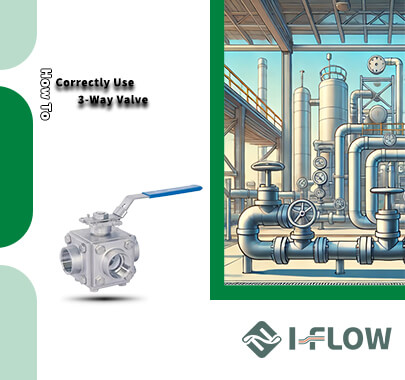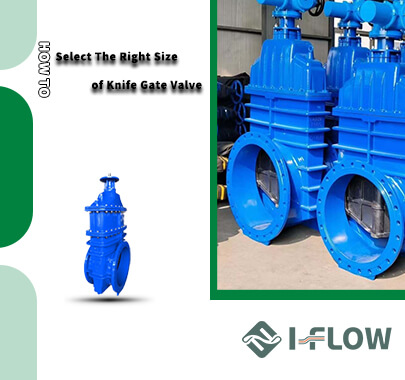Gate Valve: Reliable Shutoff for Straight-Line Flow
Gate valves are classic workhorses. Known for their full-open or full-close function, these valves use a flat or wedge-shaped disc to control flow. When open, they offer minimal pressure drop, making them ideal for systems where full flow is essential.
Commonly used in: water pipelines, oil and gas applications, and isolation services.
Best for: On/off control in straight-flow pipelines.
Globe Valve: Precise Flow Regulation
If you need control, not just shutoff, a globe valve might be your best bet. Its spherical body houses a movable plug and stationary ring seat to modulate flow.
Commonly used in: HVAC, chemical systems, and steam applications.
Best for: Throttling and regulating fluid flow.
Ball Valve: Quick Operation and Tight Sealing
Ball valves use a rotating ball with a bore to control flow. They're known for their tight shutoff capabilities and are great in applications that demand durability and fast operation.
Commonly used in: gas lines, chemical processing, and marine systems.
Best for: Quick shutoff with minimal leakage.
Butterfly Valve: Compact and Cost-Effective Control
With a rotating disc inside the pipe, butterfly valves offer lightweight construction and compact design. They're ideal for large pipe diameters and tight spaces.
Commonly used in: water distribution, fire protection, and cooling water systems.
Best for: Fast operation in space-constrained environments.
Check Valve: Preventing Backflow Automatically
Check valves are the unsung heroes that prevent backflow and protect your pumps and compressors. They only allow flow in one direction and close automatically when flow reverses.
Commonly used in: wastewater systems, oil pipelines, and irrigation setups.
Best for: Non-return flow control.
Safety Valve: Protection Under Pressure
Every system has a limit, and safety valves are designed to relieve pressure and prevent equipment failure or explosions. These valves automatically release fluid when the pressure exceeds a set threshold.
Commonly used in: boilers, pressure vessels, and high-pressure gas systems.
Best for: Overpressure protection and system safety.
Storm Valve: Seaworthy Defense Against Flooding
Storm valves are essential in marine systems. They prevent seawater from backing into toilets or drain lines, often featuring both check valve and shutoff valve functionality.
Commonly used in: marine and shipboard plumbing.
Best for: One-way drainage in maritime applications.
Drain Valve: Efficient System Emptying
Drain valves allow controlled release or emptying of liquid from pipelines, tanks, or vessels. These are typically located at low points in a system.
Commonly used in: HVAC systems, industrial tanks, and compressed air systems.
Best for: Controlled draining and system maintenance.
Balancing Valve: Optimizing Flow Efficiency
A balancing valve ensures each part of your system gets the right flow—crucial in heating, cooling, and water distribution networks. They can be manual or automatic (PICVs).
Commonly used in: HVAC, water distribution, and hydronic systems.
Best for: Achieving system-wide flow balance and energy savings.
Final Thoughts
Each valve has a specific role to play in industrial, commercial, and marine environments. By understanding their differences and functions—from the gate valve’s shutoff to the balancing valve’s precision flow control—you can select the most efficient and cost-effective solution for your application.
If you’re looking for premium valve solutions with certifications like CE, WRAS, DNV, or ABS, look no further than Qingdao I-Flow. With over a decade of experience and a strong international footprint, we’re here to help you find the right valve for every scenario.

.png)
 en |
en |














